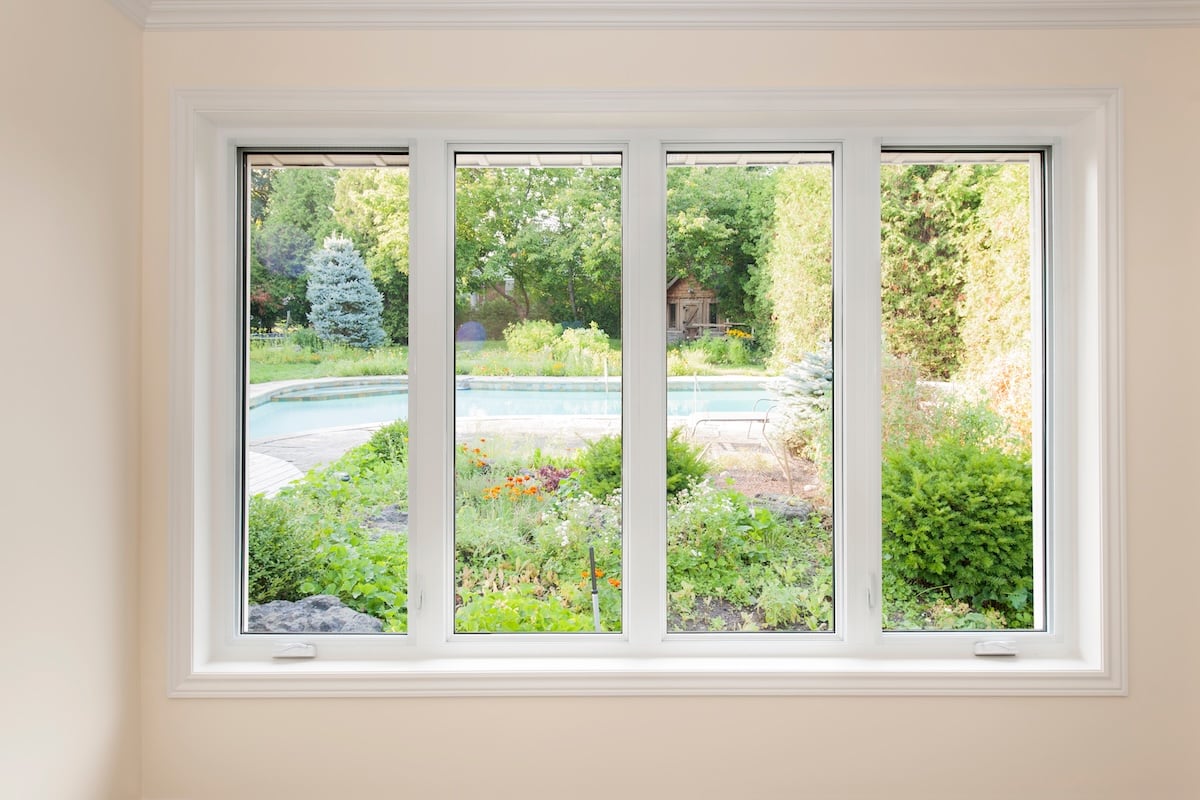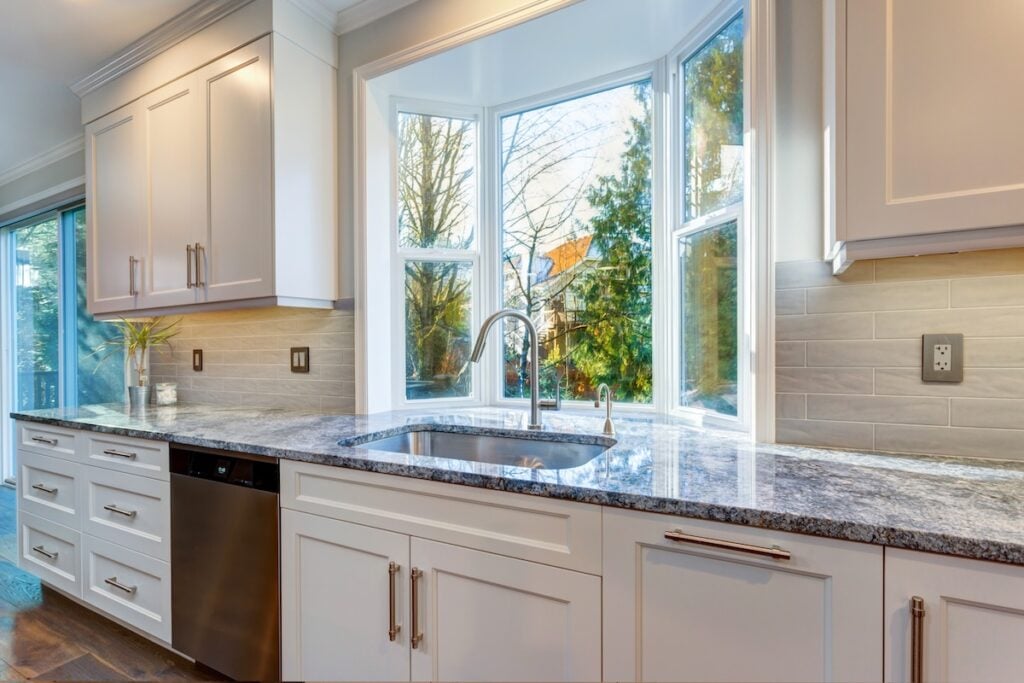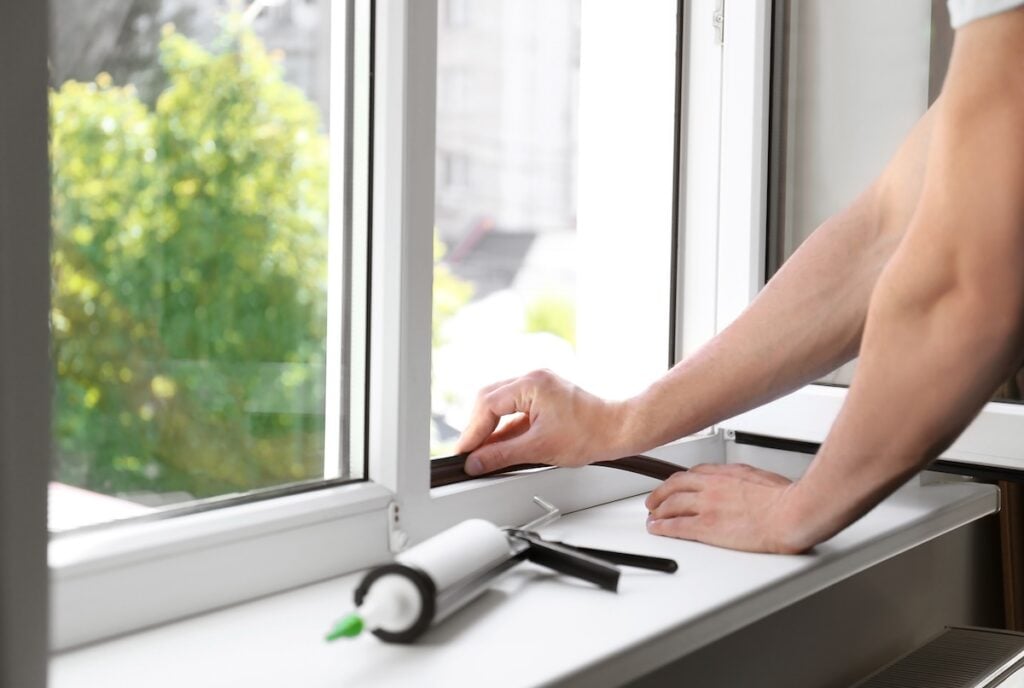
Window Installation: 7 Steps To Upgrade Your Home Windows
 7/1/2025
7/1/2025 6 Min Read
6 Min ReadProper window installation is a critical part of improving your home’s comfort, energy efficiency, and curb appeal. Whether you’re replacing outdated units or completing a full exterior renovation, new windows offer lasting benefits for homeowners ready to invest in long-term value.
- Better insulation: Modern windows reduce drafts and keep indoor temperatures consistent year-round.
- Elevated appearance: Upgraded windows instantly boost the visual appeal of your home’s exterior.
- Enhanced performance: New frames and glass improve noise control, safety, and ventilation.
In this guide, we’ll walk you through the complete window installation process in 7 key steps—helping you understand what to expect, how to prepare, and why professional work makes all the difference.
❗️ Why Window Installation Matters

New Windows Support a Healthier Home
From blocking moisture to resisting air leaks, modern windows serve as a barrier against the elements. When installed correctly, they help maintain indoor air quality and protect surrounding building materials from mold and water damage.
Energy Efficiency Starts With the Fit
High-performance windows only work if they’re installed correctly. Gaps, uneven frames, or poor sealing can lead to energy loss, drafts, and higher utility bills—negating the benefits of advanced glass technology.
Aesthetic Upgrades Make a Big Impact
Well-installed windows sit flush with your siding, trim, and exterior finish, creating a clean and seamless appearance. New styles and frame materials also enhance your home’s character, especially when paired with shake siding or custom roofing.
⚠️ How To Know It’s Time To Replace Your Windows
Drafts, Moisture, or Mold
- Noticeable temperature differences: Drafty windows allow cold air in during winter and hot air in during summer.
- Condensation between panes: Seal failure causes fog or water buildup between glass layers.
- Mold around frames: Persistent moisture indicates poor insulation or leaking.
Outdated Materials or Function
- Difficult to open: Warped or rusted windows are harder to operate and may no longer meet safety standards.
- Peeling paint or rot: Older wooden frames that haven’t been properly sealed may begin to deteriorate.
- Noise penetration: Poor-quality windows offer less sound insulation from outside activity or weather.
Rising Energy Bills
- Inefficient glass: Single-pane or outdated double-pane windows let more heat escape.
- Air leakage: Poor seals or shifting frames cause your HVAC system to work harder.
✅ 7 Steps To Upgrade Your Home Windows
- Initial Consultation and Measurement: The process begins with a detailed consultation to assess your current windows, identify goals, and take precise measurements. This ensures the replacement units fit perfectly into the existing openings without major structural changes.
- Choosing the Right Window Type: Based on your home’s architecture, energy needs, and personal preferences, you’ll choose from popular window types such as double-hung, casement, picture, or sliding. Material options like wood, vinyl, and fiberglass are also considered.
- Ordering and Scheduling: Once decisions are made, your windows are ordered to spec. Turnaround time varies depending on manufacturer and customization, but your installation date is set to align with delivery.
- Preparing the Site: On installation day, crews prep the workspace by protecting your floors, furnishings, and exterior landscaping. Old window coverings are removed, and access to each opening is cleared for safety and efficiency.
- Removing the Old Windows: Each existing window is carefully removed, including the sashes, frames, and any decayed or damaged wood. Installers also check for signs of rot, pest damage, or water intrusion and address them before proceeding.
- Installing the New Units: New windows are inserted into the prepared openings, leveled, and anchored securely. Insulation foam and flashing tape are applied to seal gaps and prevent water and air infiltration. Exterior trim is reinstalled or updated as needed.
- Final Inspection and Cleanup: After all units are installed, each window is tested for proper operation, weather-sealing, and fit. The worksite is cleaned, old materials are hauled away, and the installer walks you through care and warranty details.
📋 Choosing the Right Window Style
Double-Hung Windows
- Traditional and versatile: These windows feature two moveable sashes that slide vertically.
- Ideal for: Colonial, Cape Cod, or farmhouse-style homes.
Casement Windows
- Hinged operation: These windows open outward using a hand crank.
- Ideal for: Contemporary or craftsman homes, especially in hard-to-reach areas.
Sliding Windows
- Horizontal movement: One sash slides past the other on a track.
- Ideal for: Ranch-style homes or wide wall openings.
Picture Windows
- Fixed design: These windows don’t open but allow unobstructed views.
- Ideal for: Modern homes or open-concept living rooms.
Bay or Bow Windows
- Project outward: Combine multiple panels to create depth and space.
- Ideal for: Traditional or upscale homes with scenic surroundings.
🪵 Frame Materials: Pros and Cons

Vinyl
- Low maintenance: Doesn’t require painting or sealing.
- Cost-effective: An affordable option for most climates.
Wood
- Classic appearance: Ideal for historic homes or high-end finishes.
- Needs care: Regular painting or staining protects against rot.
Fiberglass
- Highly durable: Withstands temperature shifts and expansion.
- Energy efficient: Strong insulator with modern styling.
Aluminum
- Sleek profile: Often used in commercial or contemporary designs.
- Less insulating: Can conduct heat or cold unless thermally broken.
💡 Energy Efficiency Features To Look For
Low-E Glass Coatings
- Reflects UV and infrared light: Helps keep homes cool in summer and warm in winter.
- Reduces fading: Protects flooring, furniture, and décor from sun damage.
Multiple Panes
- Double- or triple-pane glass: Offers better insulation and noise control.
- Gas fills: Argon or krypton between panes boosts thermal resistance.
Warm-Edge Spacers
- Improves durability: Reduces condensation and increases glass longevity.
- Enhances seal: Maintains the insulating gas inside each pane.
🛠️ Professional Installation Vs. DIY
When To Hire a Pro
- Precision fit: Installers measure, level, and seal windows for maximum performance.
- Warranty coverage: Manufacturer warranties often require professional installation.
- Safety and tools: Experts have the right gear to work safely on ladders and difficult angles.
Risks of DIY Window Installation
- Measurement errors: A small mistake can result in poor fit or structural gaps.
- Voided warranties: Improper installation may lead to long-term issues that aren’t covered.
- Water intrusion: Misaligned flashing or seals can lead to leaks, mold, and rot.
📋 Preparing for Your Window Installation Day
- Clear the area: Move furniture, curtains, and blinds away from the windows.
- Disable alarms: Disconnect sensors on windows that will be removed.
- Plan for noise: Expect moderate construction noise throughout the day.

🤝 Trust Shake Guys for Your Window Replacement Upgrade
A successful window installation is about more than putting in glass—it’s about protecting your home, improving energy efficiency, and creating a space you love to live in. By following the right steps and choosing a team that values craftsmanship, you’ll get long-lasting results and better performance from your entire exterior.
Shake Guys specializes in precision exterior improvements, from cedar shake roofing to expertly installed replacement windows. Our team guides you through every phase of your project, ensuring your new windows fit perfectly and perform at their peak.
Request your free inspection today and experience the Shake Guys difference—where quality materials, expert craftsmanship, and customer care come standard with every window we install.


Schedule a Free Inspection & Consultation
We look forward to providing you with premium customer service & high-quality results.